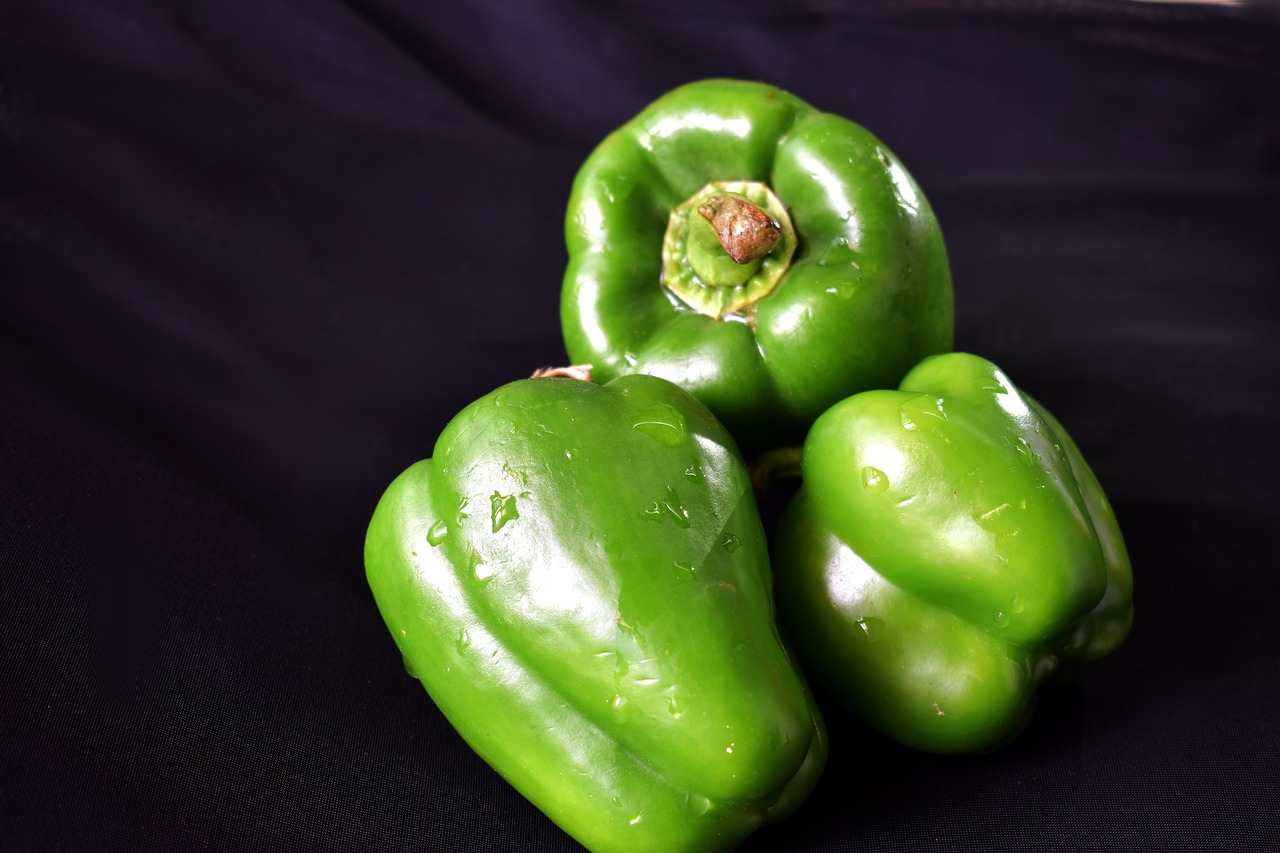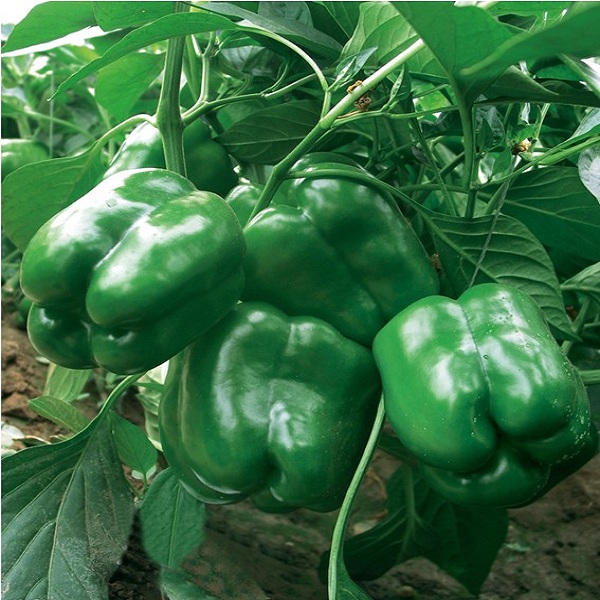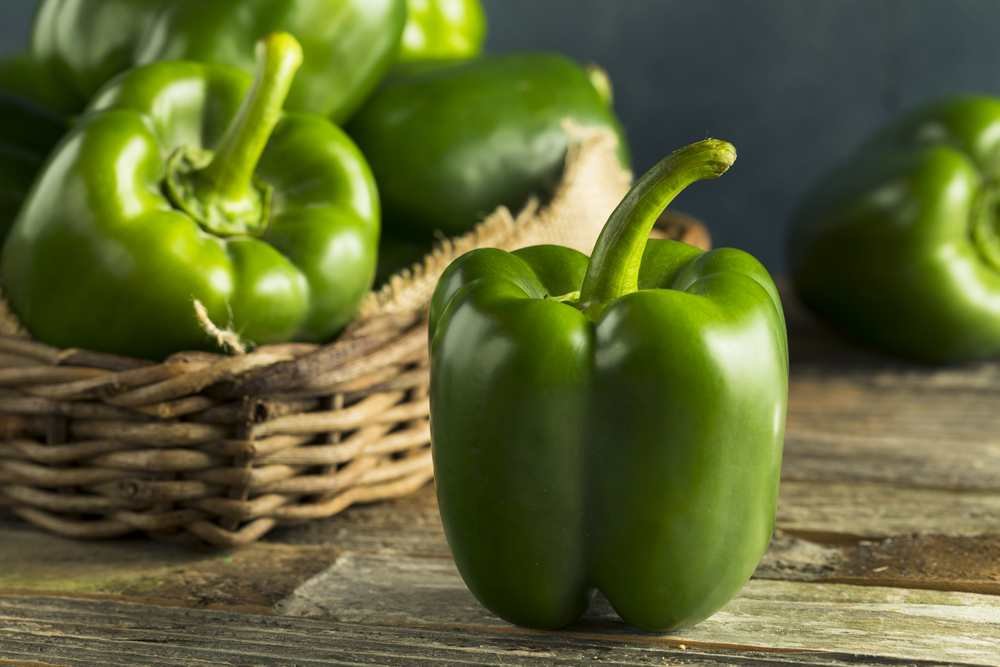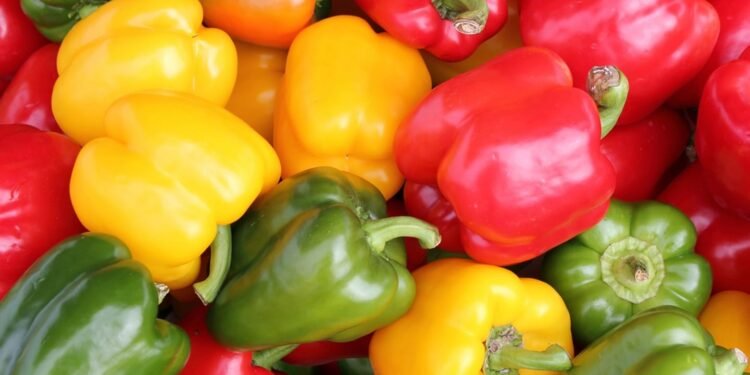Paprika can no longer be ignored in our cuisine or, in fact, paprika is indispensable in any kitchen. Paprika can be processed in various ways and has a fresh taste. One is a bit sweeter than the other. But we don’t just take them for the delicious taste, we also include them in our dishes, because they are a source of vitamins. But how healthy is bell pepper really?
The origin of paprika?
The bell pepper is a fruit … or rather a fruit vegetable as we call it. This while many people rather see it as a real vegetable. The pepper comes from Central America. In Hungary lies the basis for the fruit (introduced by the Turks) as it has further conquered Europe. The fruit, which also owes its name to the Hungarians, comes from certain cultivated forms of the Capsicum annum. In the same line, there are also other shapes and fruits. Think of cayenne pepper.
During the growing process, the beautifully colored peppers are still purple, green, white, or brown and they taste bitter. During the ripening process, you can see the colors and the taste change to the well-known sweet taste. During December and March, the peppers come from the Mediterranean Sea, but during the other months, we get the peppers from the greenhouses.
How healthy is this beautifully colored fruit vegetable?
The bell pepper is a healthy fruit, we can say that without a doubt. The added value of regular bell peppers in your regular diet is of substantial value. What exactly is in the bell pepper:
- Vitamine A
- Vitamins B1
- Vitamin B2
- Vitamin C (largely present and the red 2x as much as the green pepper)
- Calcium
- Iron
The kilocalories in the bell pepper are actually almost negligible. The 200 grams per day of vegetables (minimum), are in practice about four serving spoons and are therefore very few kilocalories for the bell pepper.
If you compare the red bell pepper with all kinds of vegetables, the red bell pepper with vitamin C is at the top together with the Brussels sprouts and black currants. The bell pepper contains no fat and hardly any proteins. It is a perfect product for several reasons if you want to eat healthily or are on a strict diet. It is easily digestible and fresh in every dish.
Reading Suggestions: Black radish: health benefits and nutritional value
Negative
Is there anything negative to mention about the pepper? Well, not actually. Of course “too” is never good, that goes for everything. However, you can’t really eat that much paprika, which would be very bad for your health.
Processing In Food
Paprika is fresh and can be used in various ways, which is what makes paprika such a pleasant product. Some examples:
- Hollow out the bell pepper and fill it with a minced meat and garlic mixture and put it in the oven for a while.
- Or hollow out the bell pepper and fill it with an egg with mayo mixture. Sprinkle some cayenne pepper on top if desired.
- Cut the bell pepper into pieces and process it in a fresh salad, possibly supplemented with some fresh nuts.
- Cut the bell pepper into pieces and process it in a stir-fry/wok dish. Never more than about 8 minutes.
- Make small slices of bell pepper and place them on a slice of bread with extra mature or old cheese.
- Cut the bell pepper into thin slices and place on a ham-cheese sandwich.
- Process the bell pepper in a slightly spicy soup.… and there are many ways to process the bell pepper.

Fresh Peppers!
Fresh bell pepper is one that you don’t put in the refrigerator but in the fruit bowl. Preferably in a not-too-heated environment. Between 8 and 12 degrees is best to keep the peppers equally well in the fruit bowl. The bell pepper cannot be kept for more than 7 days. Freezing is possible. Then you can keep the bell pepper well for a year.
Finally
The bell pepper is versatile to use, colors the dish, and is a fresh vegetable … add the bell pepper to your regular diet, and above all enjoy it!































